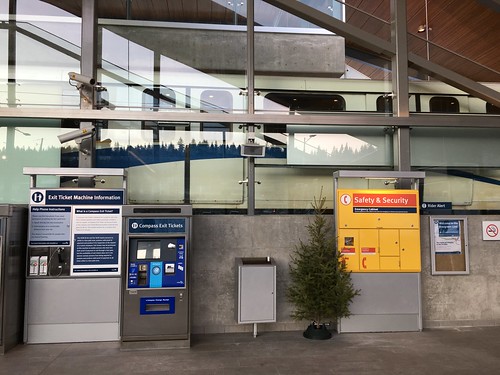TransLink is an interesting organization. It delivers some of the highest-quality transportation services in Canada. It is known internationally as a great place to work; I have a good number of friends who are transportation planners that would take a job at TransLink in a heart beat. It has also been audited by the provincial government to “find efficiencies,” yet audit after audit states that “the organization is well run and manages its costs.” Maybe TransLink is a little bit too well run because it has a poor reputation in Metro Vancouver.
Providing transit services is a balancing act between servicing high-demand transit corridors, and providing service that while not efficient serves the greater good. In the quest for efficiency, TransLink skewed a bit to much towards providing high-demand service.
A perfect example would be Gloucester Industrial Estates in the Township of Langley. For years, residents and local politicians have wanted a community shuttle between Gloucester and Aldergrove. Due to the location of Gloucester and its business mix, this would not be an efficient bus route. It would likely cost $400,000 per year or more to provide, and would have low ridership. This is why the agency in the past has refused to provide transit service to this area. The route would serve the greater good of the region though.
TransLink has also done a poor job in general communicating with people in Metro Vancouver. When opponents of the agency railed on about how poor it was, no matter how inaccurate the information, TransLink remained silent. I remember being in a meeting with TransLink senior management in the fall of 2013, and telling them that they had a brand problem. They were dismissive. The failed transit referendum was a wake-up call.
Since Kevin Desmond has become CEO of TransLink, I’ve noticed that the agency has markedly improved when it comes to communication. Desmond used to work for King County Transit where engaging with its riders and the broader community was critical to ensuring funding.
TransLink now does a better job communicating with its customers. When there are delays on SkyTrain, there is an announcement every 30 seconds. With the support of the Mayors’ Council, TransLink now has a new 10-year transportation plan that balances efficiency and the greater good. It has also been more visible. It has press conferences more frequently pointing out what the agency is doing. It has been more transparent and open when things don’t go as planned, allowing the media greater access to information.
Now TransLink it far from perfect, but it is good to see that it is working towards doing a better job of listening to the region, and building credibility.
TransLink recently presented its 2017 Business Plan at an open board meeting. There are three priorities for 2017: ensure its transportation infrastructure is in a good state of repair, implement the new 10-year vision for improving transportation in the region, and improve customer experience & public support for the agency.
In the business plan, TransLink’s objectives under the last priority include: improving TranLink’s reputation, increasing ridership, and empowering its employees to meet its customer services standard and corporate objectives.
When it comes to improving TransLink’s reputation, some of the big initiatives include making enhancements to the Compass Card system, developing and implementing a new customer experience strategy, and developing and implementing a brand strategy.
With new leadership in place, and new funding to improve the transportation network in Metro Vancouver, 2017 will be a big year for TransLink.













